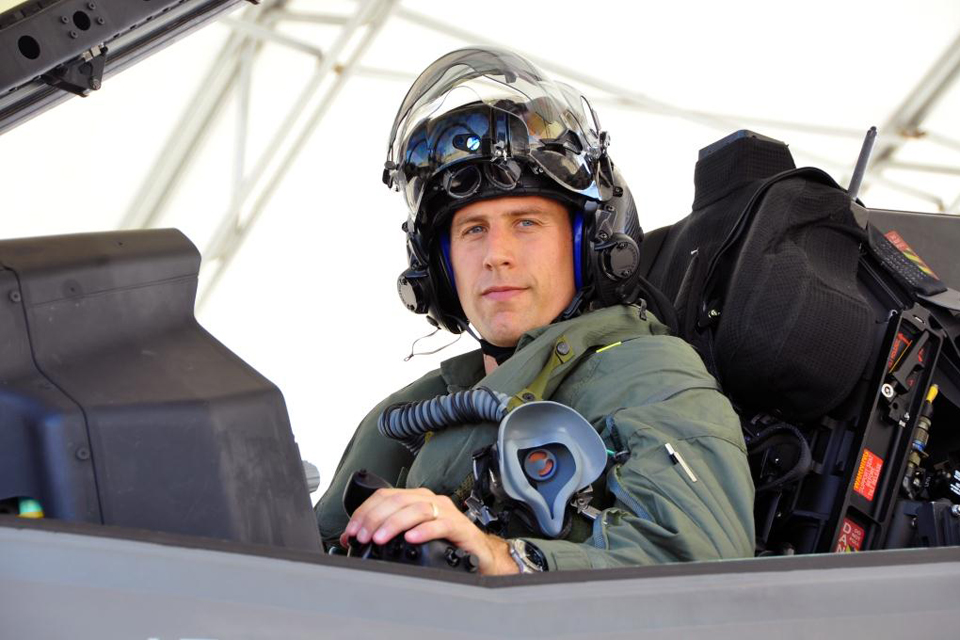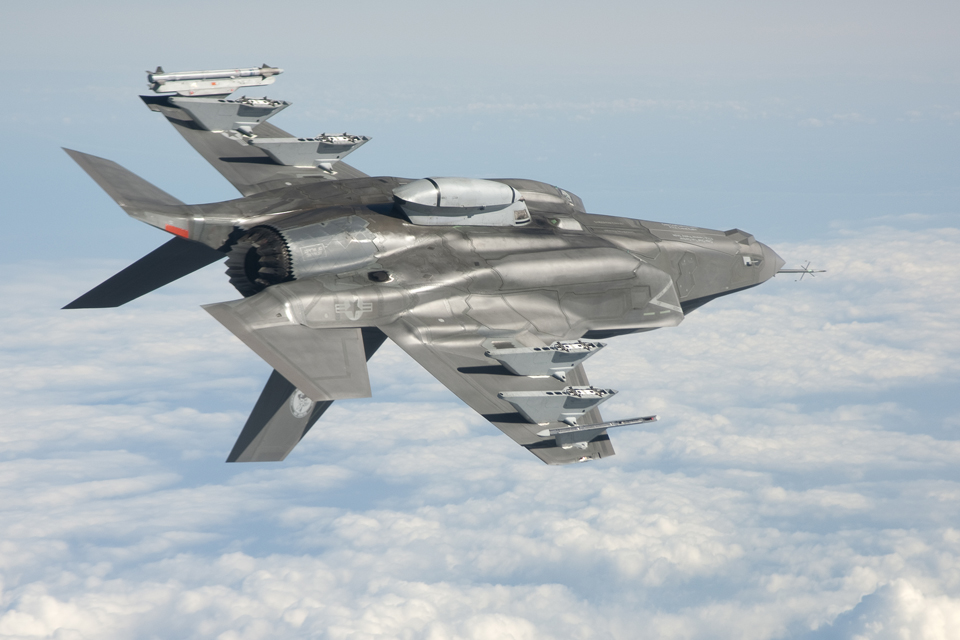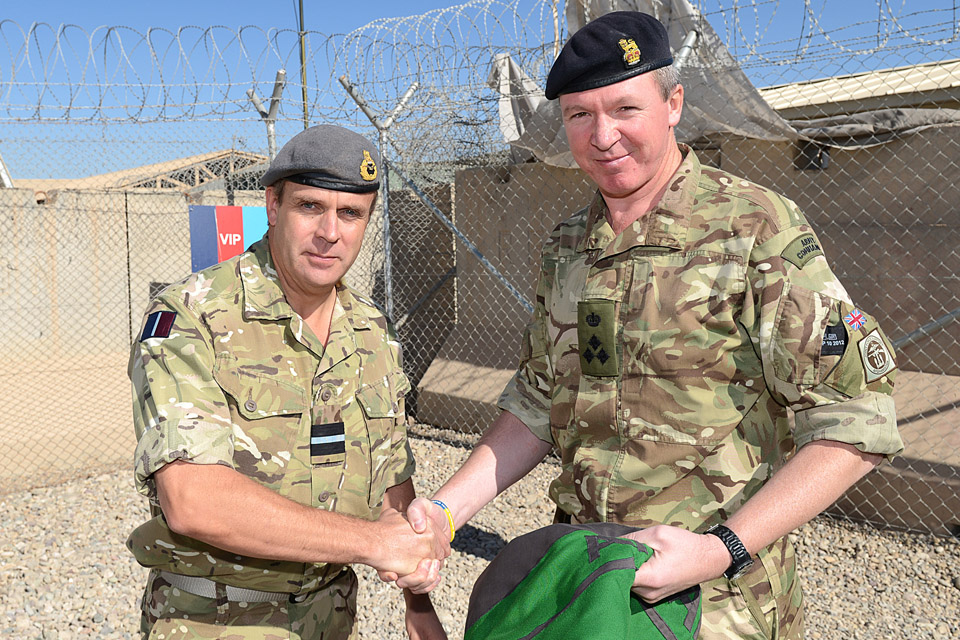On Tuesday, the South Korean navy launched an air and sea military exercise in the area that China recently claimed as part of its East China Sea Air Defense Identification Zone (ADIZ).
On Wednesday, the Korea Joongang Daily reported that, “The Korean Navy yesterday launched a joint sea and air military drill near the waters surrounding Ieodo” Rock. The report said the drill consisted of two P-3C maritime patrol aircraft as well as one of the ROK Navy’s three Aegis destroyers.
The destroyer reportedly anchored around 200 meters from Ieodo, which both South Korea and China claim but Seoul administers. The Korea Joongang Daily report also said that the two P-3Cs, which are used in anti-submarine operations as well as for maritime surveillance, crossed into Japan’s ADIZ with the prior approval of Tokyo.
This fact suggests that South Korea and Japan are boosting their cooperation in the wake of China unilaterally declaring the East China Sea ADIZ two weekends ago. Seoul and Tokyo have long been at odds over their own territorial dispute as well as Prime Minister Shinzo Abe’s comments about Japan’s actions in the region during the first half of the 20th Century.
South Korea was undoubtedly seeking to send a strong signal to Beijing by notifying Japan that its military aircraft would be crossing into its ADIZ, despite Seoul refusing to identify its aircraft to Beijing.
This marks a dramatic reversal from just a few weeks ago when China and South Korea were presenting a unified front against Japan over questions about history and sovereignty disputes.
South Korea has also been coordinating closely with the United States since China announced its new ADIZ. For example, as previously reported, South Korea intends to expand its existing ADIZ so it will cover its southernmost islands as well as Ieodo Rock. Seoul reportedly decided to delay the announcement at the urging of the United States, and the two sides are now discussing how and when South Korea should unveil its new ADIZ, which is likely to heighten tensions with China.
Later this week, U.S. Vice President Joe Biden will be in South Korea for a previously scheduled trip that is likely to now focus almost entirely on the East China Sea ADIZ.
Biden began his three-nation trip to the region earlier this week with a stop in Japan. In a press conference with Japanese PM Abe following a meeting, Biden continued to deride China’s ADIZ, stating: “We, the United States, are deeply concerned by the attempt to unilaterally change the status quo in the East China Sea…. This action has raised regional tension and increased the risk of accidents and miscalculations.”
At the same time, Biden said that tensions since the ADIZ was created demonstrate the need for China and Japan to set up crisis management mechanisms at the highest levels of government. He also promised to discuss the new ADIZ in “great specificity” when he meets with Chinese President Xi Jinping on Wednesday.
In a possibly related event, South Korea announced over the weekend that it is entering into preliminary talks about joining the U.S.-led Trans-Pacific Partnership, the economic component of the pivot. Seoul joining the negotiations would be a huge boon for the trade pact.








![F-35B Lightning II aircraft in formation (library image) [Picture: © 2013 Lockheed Martin Corporation]](http://img.over-blog-kiwi.com/0/54/74/56/201312/ob_ab7fd4_f-35b-lightning-ii-aircraft-in-formation-photo-lm.jpg)



























